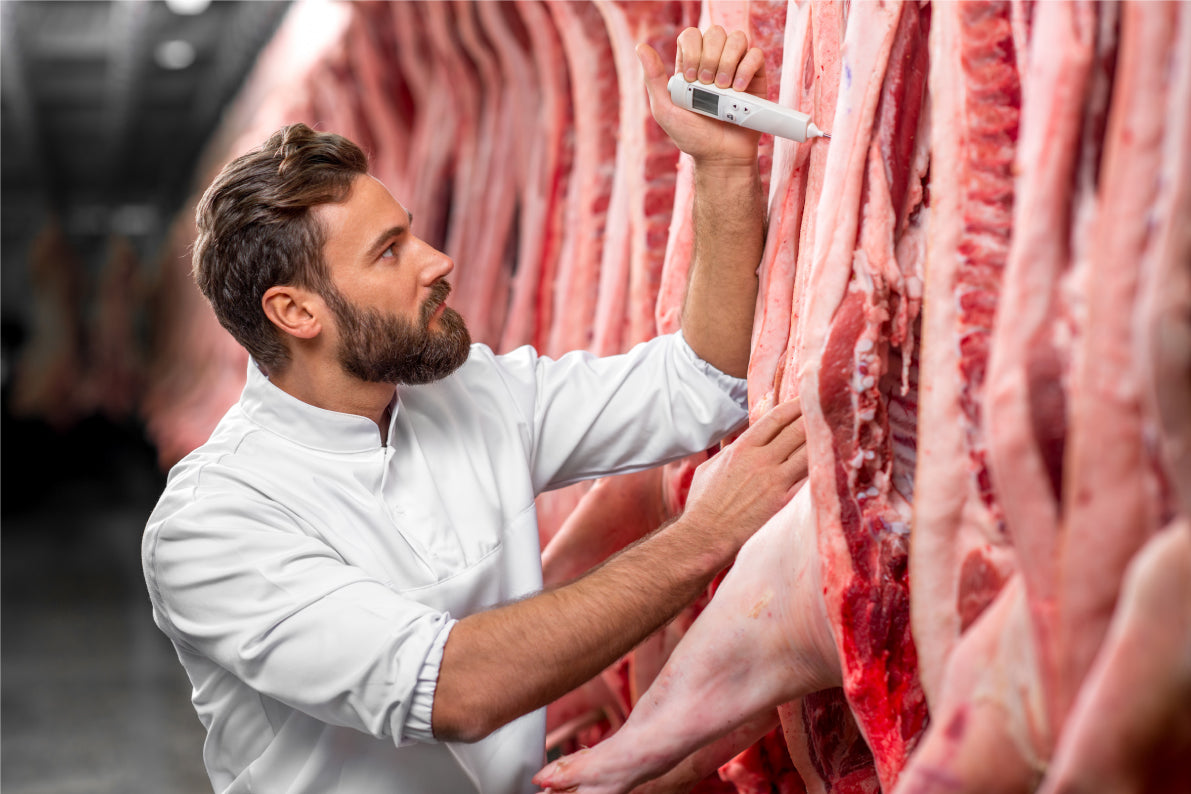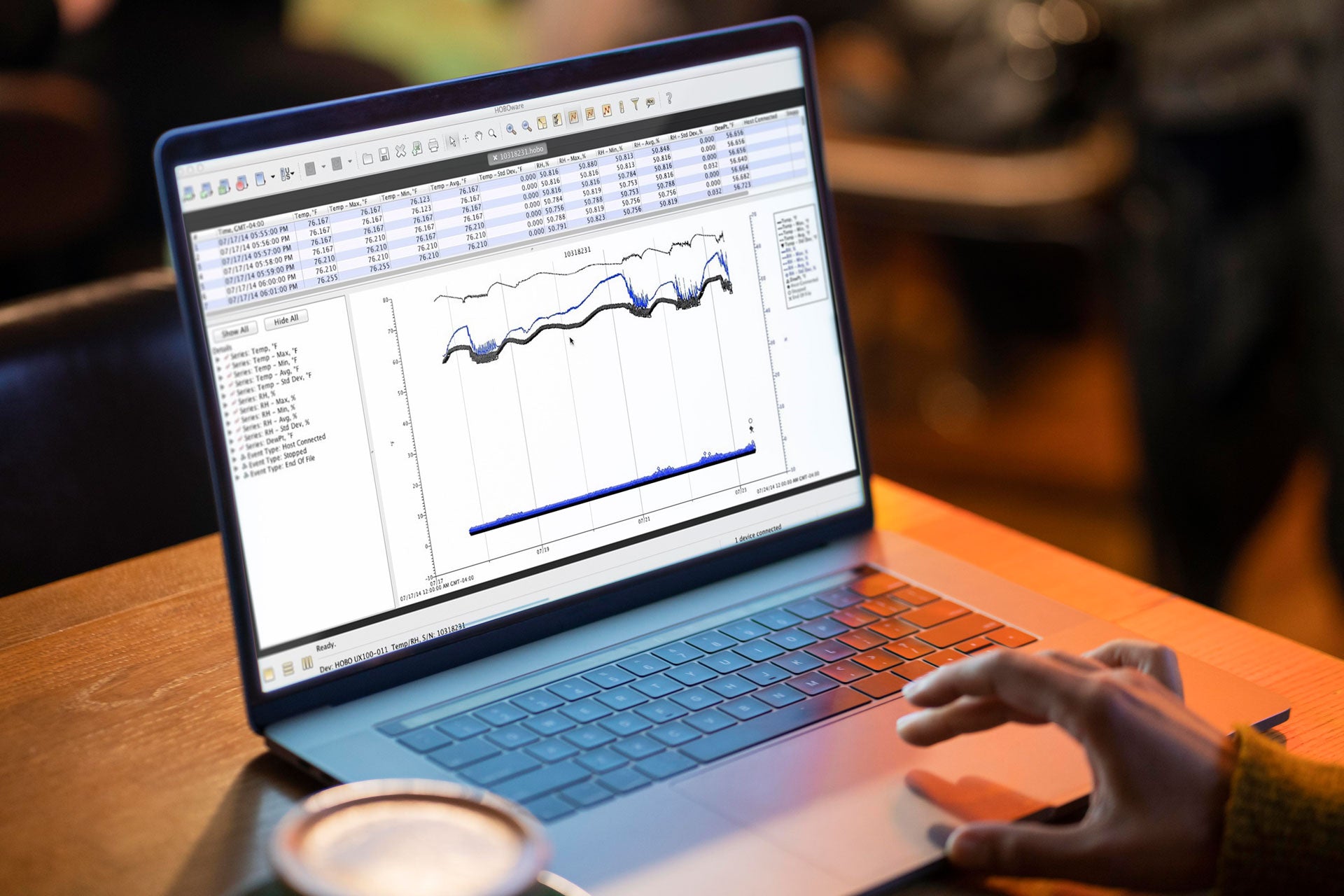The meat and poultry industry has grown to become the second largest agricultural industry but faces technological challenges as consultants specify expensive, sometimes poorly designed, or unreliable data loggers to monitor meat products. This is set to change with the introduction of easier to use devices and monitoring equipment from agricultural equipment supplier, EUCA Technologies.
The effective use of technology can assist South Africa’s meat and poultry industry to overcome challenges in meeting safety, quality and compliance with ever stricter standards.
Its Onset HOBO U12 temperature loggers, for example, are an accurate and affordable range that features a food-grade stainless steel housing. These self-contained, durable loggers are ideal for applications where high-accuracy temperature data is critical. These loggers have a long battery life and can record up to 43,000 measurements. Available in two models: the HOBO U12-015 and the HOBO U12-015-02, both include a 12,7 cm probe to measure internal meat product temperatures.

According to EUCA Technologies sales director, Peter van Zyl, the Onset models have a direct USB interface for launching the logger and reading out data with the easy-to-use HOBOware computer software. HOBOware also indicates to the user when battery levels are getting low, thereby eliminating the risk of conducting complicated tests and studies, only to end up with a lack of data due to expired battery life.
Given the reliable, accurate results from the HOBO U12 loggers (which are rated for temperatures from -40° to 125°C) the logger can be used anywhere in meat processing plants and smokehouses, measuring dry-bulb and wet-bulb temperatures of the ovens, as well as surface and core temperatures of the products.

The temperature data is used for compliance with The World Health Organization (WHO) Appendix A food safety guidelines, to ensure that the product is being cooked to a temperature that kills pathogens. In a smokehouse, for example, the data is used for process improvement analysis, to see how quickly the product denatures, dries, and develops smoke colour.
“Our loggers are incredibly reliable, accurate and easy to use which makes them ideal for monitoring meat from slaughter to processing and retail. They are super rugged with long battery life that ensures the equipment is always available,” says Peter.




